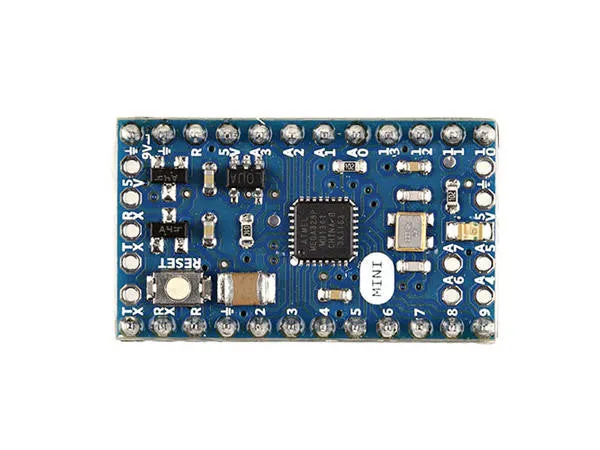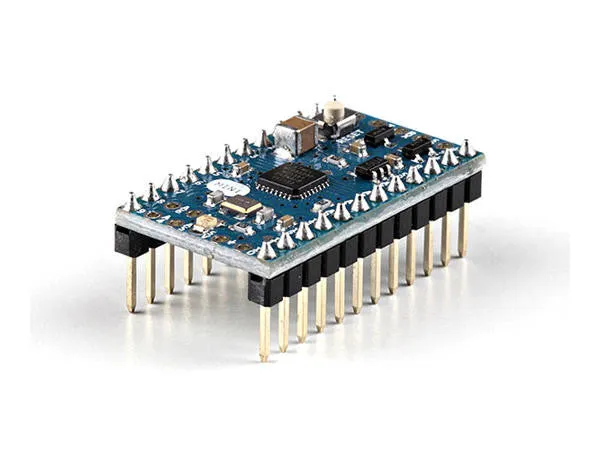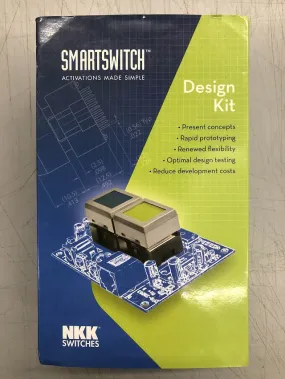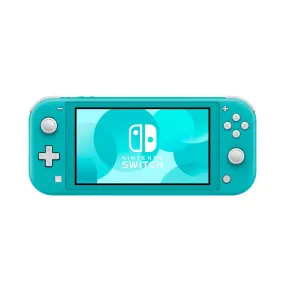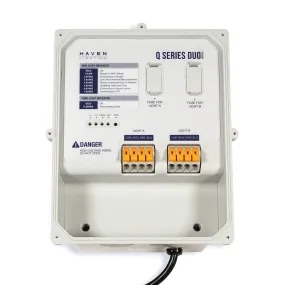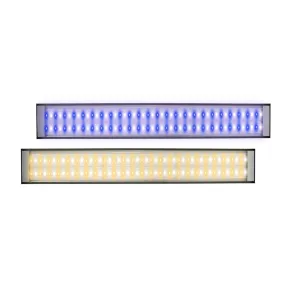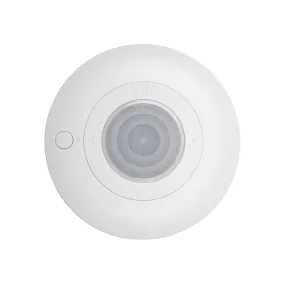The Arduino Mini 05 is a very compact version of the Arduino Nano without an on-board USB to Serial connection
The small version of the Arduino Nano with a breadboard-friendly form factor.
The Arduino Mini is a small microcontroller board originally based on the ATmega168, but now supplied with the 328. (), intended for use on breadboards and when space is at a premium. It has 14 digital input/output pins (of which 6 can be used as PWM outputs), 8 analog inputs, and a 16 MHz crystal oscillator. It can be programmed with the USB Serial adapter or other USB or RS232 to TTL serial adapter.
The new Mini (revision 05) has a new package for the ATmega328, which enables all components to be on the top of the board. It also has an onboard reset button. The new version has the same pin configuration as revision 04.
Warning: Don't power the Arduino mini with more than 9 volts, or plug the power in backwards: you'll probably kill it.
| ARDUINO MICROCONTROLLER | |
|---|---|
|
Microcontroller |
ATmega328 |
|
Architecture |
AVR |
|
Operating Voltage |
5 V |
|
Flash memory |
32 KB (of which 2 KB used by bootloader) |
|
SRAM |
2 KB |
|
Clock Speed |
16 MHz |
|
Analog I/O Pins |
8 (of which 4 are broken out onto pins) |
|
EEPROM |
1 KB |
|
DC Current per I/O Pins |
40 mA (I/O Pins) |
| GENERAL | |
|---|---|
|
Input Voltage |
7-9 V |
|
Digital I/O Pins |
22 |
|
PWM Output |
6 |
|
Power Consumption |
16 mA |
|
PCB Size |
18 x 30 mm |
|
Weight |
2 Kg without headers/ 3 Kg with headers |
|
Product Code |
A000087 (with headers) - |
Input and Output
The Mini has 8 analog inputs, each of which provide 10 bits of resolution (i.e. 1024 different values). Inputs 0 to 3 are broken out onto pins; input 4 to 7 require soldering into the provided holes. By default the analog inputs measure from ground to 5 volts, though is it possible to change the upper end of their range using the AREF pin and some low-level code.
Programming
To program the Arduino Mini, you will need a USB Serial adapter or other USB or RS232 to TTL serial adapter.
The ATmega328 on the Arduino Mini comes preburned with a bootloader that allows you to upload new code to it without the use of an in-system-programmer. The bootloader communicates using the original STK500 protocol (reference, C header files).
You can also bypass the bootloader and program the ATmega328 with ICSP (In-Circuit Serial Programming).
Pin Out
- Download software -
- Getting starter guide -
- Step by step examples -
- Programming reference -
- Soldering free and pluggable 100 sensor modules available. Grove Arduino starter kit .
- Breadboard Wiring exercise book. Official Arduino starter kit .
- Cost effective breadboard wiring kit - ARDX starter kit .
- Adafruit Arduino starter kit .




